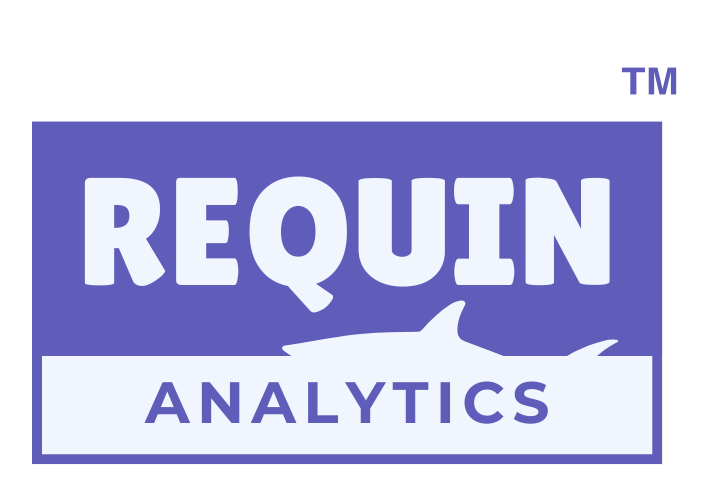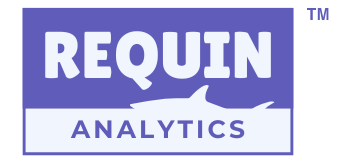
In today’s competitive business landscape, companies constantly strive to achieve higher profitability and sustainable growth. However, ensuring a consistent return on investment (ROI) requires more than intuition—it demands data-driven decisions. This is where data analysis plays a transformative role, enabling businesses to uncover actionable insights, streamline operations, and maximize ROI.
The Role of Data in Modern Businesses
Data has become the backbone of modern business strategies. From marketing campaigns to supply chain management, data enables organizations to identify patterns, predict outcomes, and make informed decisions. But the key lies in not just gathering data but analyzing it effectively to drive tangible results.
With advanced data analysis tools, businesses can track key performance indicators (KPIs), understand customer behavior, and optimize operational workflows. By leveraging data, companies can adapt quickly to market trends, make smarter investments, and ultimately enhance their bottom line.

Key Ways Data Analysis Drives ROI
1. Enhanced Decision-Making
Data analysis provides businesses with clear and accurate insights into their operations. By analyzing sales trends, market demand, and customer preferences, companies can make informed decisions that align with their goals. For example, tracking customer purchase behavior helps identify which products are performing well and where adjustments are needed, ensuring optimal resource allocation.
2. Customer Retention and Personalization
One of the most significant drivers of ROI is customer retention. Data analysis allows businesses to segment their audience and deliver personalized experiences. Tailored marketing campaigns, loyalty programs, and personalized product recommendations increase customer satisfaction and loyalty, driving repeat purchases and long-term revenue growth.
3. Operational Efficiency
By analyzing operational data, companies can identify inefficiencies in their processes and implement solutions to streamline workflows. For instance, businesses can reduce production bottlenecks, optimize supply chain management, and improve inventory turnover, all of which contribute to cost savings and higher ROI.
4. Predictive Analytics
Predictive analytics is a game-changer for businesses aiming to stay ahead of the curve. By analyzing historical data, companies can anticipate market trends, forecast demand, and prepare for potential challenges. This proactive approach minimizes risks and ensures that resources are allocated effectively.
5. Optimized Marketing Strategies
Marketing campaigns are often a significant investment for businesses. Data analysis helps optimize these campaigns by tracking metrics such as click-through rates, conversion rates, and customer acquisition costs. With this information, companies can refine their strategies, target the right audience, and achieve better ROI on marketing spend.
Real-Life Example: Using Data Analysis in E-commerce
Imagine an e-commerce business that sells consumer electronics. By analyzing their sales data, they discover that certain products have higher profit margins during specific seasons. Armed with this insight, they allocate more resources to promoting those products during peak periods, resulting in increased sales and profits.
Additionally, the business uses customer data to offer personalized discounts and recommendations, enhancing the shopping experience and driving repeat purchases. By continuously analyzing and refining their strategies, they achieve sustainable growth and a higher ROI.
Steps to Leverage Data Analysis for ROI
- Identify Key Metrics: Determine which metrics are most relevant to your business goals, such as customer acquisition cost, retention rate, or sales growth.
- Invest in Tools: Use advanced analytics tools like Power BI or Tableau to visualize and interpret your data effectively.
- Focus on Insights: Analyze the data to uncover actionable insights that can drive strategic decisions.
- Implement Changes: Use the insights to optimize processes, refine strategies, and address pain points.
- Measure Impact: Continuously monitor the impact of your changes on ROI and refine your approach as needed.
Why Data Analysis is the Future of ROI Growth
Data analysis is no longer a luxury—it’s a necessity for businesses aiming to thrive in a data-driven world. By leveraging data effectively, companies can unlock opportunities for growth, enhance customer satisfaction, and stay ahead of the competition. Whether you’re a small business or a multinational corporation, data analysis is your key to maximizing ROI and achieving long-term success.
At Requin Analytics, we specialize in helping businesses harness the power of data to drive measurable results. Our expertise in data visualization, predictive analytics, and business intelligence ensures that you get the insights you need to succeed. Ready to transform your data into profits? Let’s start the journey together.

